 News coverage influences how society views immigration. From dramatic headlines to selective storytelling, media outlets play a pivotal role in framing the narrative around immigrants. This article explores seven key ways media coverage shapes public opinion on immigration, weaving in insights from real immigrant experiences to highlight the gap between portrayal and reality.
News coverage influences how society views immigration. From dramatic headlines to selective storytelling, media outlets play a pivotal role in framing the narrative around immigrants. This article explores seven key ways media coverage shapes public opinion on immigration, weaving in insights from real immigrant experiences to highlight the gap between portrayal and reality.
Immigrant stories often get simplified for impact. News outlets frequently reduce complex human journeys to soundbites or stereotypes, emphasizing crisis over nuance. For instance, reports may focus on border conflicts or economic strain, sidelining stories of resilience or contribution. The legal team at Escoto Law notes that their clients’ experiences, like navigating visa processes or overcoming cultural barriers, rarely make headlines. This selective framing can skew public understanding, painting immigrants as either victims or threats rather than individuals with diverse lives.
Sensational Headlines Grab Attention
Headlines often prioritize drama over accuracy. A study from the Pew Research Center found that 60% of immigration-related headlines in major outlets emphasize conflict or illegality. Terms like “surge” or “invasion” amplify fear, overshadowing data showing immigrants’ economic contributions. This tactic hooks readers but distorts reality, fostering polarized views.
Selective Storytelling Shapes Narratives
Media cherry-picks stories to fit agendas. Outlets may highlight extreme cases, like crime or hardship, while ignoring everyday successes. For example, a 2023 report showed that immigrant-owned businesses generated $1.3 trillion in U.S. revenue, yet such stories rarely dominate news cycles. This selective lens limits public empathy and understanding.
Visuals Amplify Emotional Impact
Images can evoke strong emotions. Photos of crowded border facilities or tearful families dominate coverage, triggering sympathy or fear. While powerful, these visuals often lack context. A single image can’t capture the full scope of an immigrant’s journey, yet it heavily influences viewer perceptions.
Language Choices Influence Bias
Words matter in shaping opinions. Terms like “illegal” versus “undocumented” carry different connotations. A 2021 study in Journalism Quarterly found that “illegal” increased negative sentiment by 25% compared to neutral terms. Media’s word choices subtly guide public attitudes, often unconsciously.
Policy Debates Overshadow Personal Stories
Policy discussions often drown out human voices. News coverage tends to focus on legislation or political battles, sidelining personal narratives. Escoto Law’s legal team shares that their clients—engineers, parents, students—navigate complex systems with grit, yet these stories rarely surface. For a deeper historical perspective on how such debates have fueled global anti-immigration policies, check out this overview of trends from Australia to Europe. Highlighting individuals could foster more compassionate public views.
Regional Bias Skews Coverage
Where you live shapes what you read. Local outlets in border states often emphasize enforcement, while urban papers may focus on integration. This creates echo chambers, reinforcing regional biases. For instance, a Texas outlet might spotlight border security, while a New York paper highlights cultural diversity, leaving readers with fragmented perspectives.
Lack of Immigrant Voices Limits Authenticity
Immigrants rarely tell their own stories. Media often relies on pundits or politicians to discuss immigration, sidelining those with lived experience. A 2022 survey by the National Immigration Forum found that only 10% of immigration stories included direct immigrant quotes. Amplifying these voices could bridge the gap between perception and reality.
Why Accurate Reporting Matters
Compassionate reporting can shift perspectives. When media highlights diverse, authentic stories, it humanizes immigrants and counters stereotypes. For example, a 2020 PBS series profiling immigrant entrepreneurs led to a 15% increase in positive social media sentiment about immigration. Such coverage encourages empathy and informed policy debates.
Real stories deserve a platform. The legal team at Escoto Law emphasizes that their clients’ journeys, marked by sacrifice, hope, and perseverance, rarely align with media portrayals. By prioritizing accuracy over sensationalism, journalists can foster a more balanced public view. Isn’t it time we heard the full story?
Media holds immense power in shaping society’s view of immigration. From headlines to visuals, every choice influences perceptions and policies. By amplifying authentic voices and resisting stereotypes, news outlets can bridge divides and inspire compassion. The challenge lies in balancing impact with truth, ensuring immigrant stories are told with the dignity they deserve.

 If you’ve ever watched a Korean drama set in Seoul, chances are you’ve seen the city sparkle like a cinematic dream. Neon lights reflect off black cars, stylish characters toast with champagne in rooftop lounges, and every night seems to unfold in high heels and tailored suits. It’s not just storytelling—it’s a subtle showcase of how Seoul wants to be seen: sleek, affluent, and endlessly alive after dark.
If you’ve ever watched a Korean drama set in Seoul, chances are you’ve seen the city sparkle like a cinematic dream. Neon lights reflect off black cars, stylish characters toast with champagne in rooftop lounges, and every night seems to unfold in high heels and tailored suits. It’s not just storytelling—it’s a subtle showcase of how Seoul wants to be seen: sleek, affluent, and endlessly alive after dark.

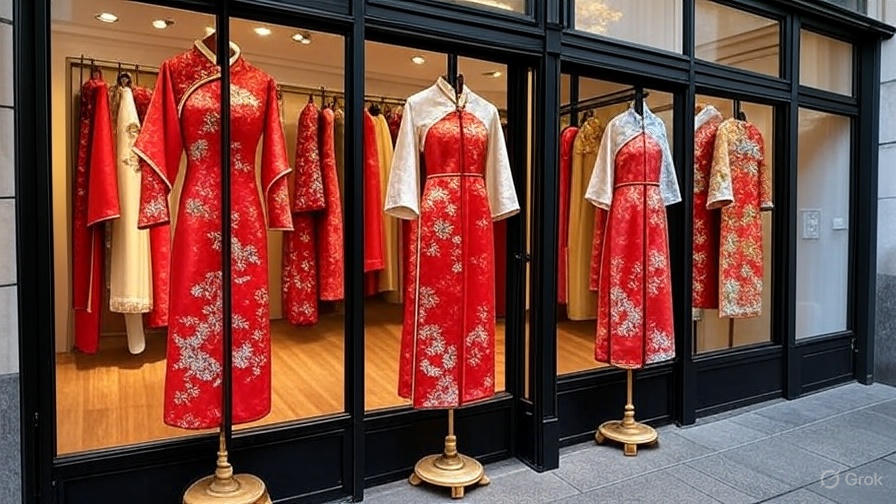

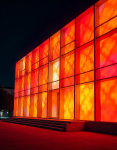 With its increased versatility, energy efficiency, and color accuracy, LED technology has transformed media lighting and beyond. Dynamic lighting changes made possible by LEDs let one smoothly move between scenes and create intricate lighting effects. The fast-paced pressures of current news creation depend on this adaptability.
With its increased versatility, energy efficiency, and color accuracy, LED technology has transformed media lighting and beyond. Dynamic lighting changes made possible by LEDs let one smoothly move between scenes and create intricate lighting effects. The fast-paced pressures of current news creation depend on this adaptability.


 The downvote option that
The downvote option that  There are suggestions to design a system that will not be weaponized the feature by limiting the use of Dislike option to merely downvote spam and junk replies; particularly for contents of X accounts that haters love to troll. That way, the system can quash any attempt to tank the post with negative reactions to make a post fail or rank poorly as a result of orchestrated targetting.
There are suggestions to design a system that will not be weaponized the feature by limiting the use of Dislike option to merely downvote spam and junk replies; particularly for contents of X accounts that haters love to troll. That way, the system can quash any attempt to tank the post with negative reactions to make a post fail or rank poorly as a result of orchestrated targetting.
 Last December 20, 2023, billionaire Elon Musk shared a video showing Tesla’s improved new generation humanoid robot, branded as “Optimus Gen 2.”
Last December 20, 2023, billionaire Elon Musk shared a video showing Tesla’s improved new generation humanoid robot, branded as “Optimus Gen 2.”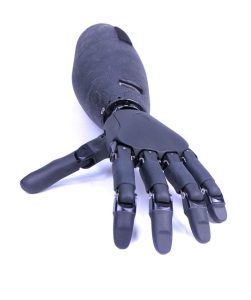 The “Optimus Gen 2” is described in the video as an upgrade of the prototype that was unveiled earlier this year when the company marked Tesla’s AI Day. In the demo video shared by Musk, the upgraded humanoid robot walks at a faster pace, has more agile hand movements, and has tactile sensing capability on its fingers.
The “Optimus Gen 2” is described in the video as an upgrade of the prototype that was unveiled earlier this year when the company marked Tesla’s AI Day. In the demo video shared by Musk, the upgraded humanoid robot walks at a faster pace, has more agile hand movements, and has tactile sensing capability on its fingers.
 The Indiana Medical Licensing Board fined a local doctor for breach of privacy laws after reporting the abortion care she provided to a 10-year-old Ohio rape victim. Although abortion is legal in Indiana if performed within 21 weeks and 6 days of pregnancy, Indiana Attorney General Todd Rokita accused Dr. Caitlin Bernard of privacy policy breach for publicly sharing information about the case.
The Indiana Medical Licensing Board fined a local doctor for breach of privacy laws after reporting the abortion care she provided to a 10-year-old Ohio rape victim. Although abortion is legal in Indiana if performed within 21 weeks and 6 days of pregnancy, Indiana Attorney General Todd Rokita accused Dr. Caitlin Bernard of privacy policy breach for publicly sharing information about the case. The Indiana Medical Board had charged Dr. Caitlin Bernard only for breaking privacy laws. The Indiana doctor has been fined an amount of $3,000 and given a letter of reprimand. Although it was possible for the Indiana Medical Board to withdraw Dr. Bernard’s state license as a medical practitioner, no such ruling was handed down. That meant Dr. Bernard is still licensed to practice medicine after the board addressed the merits of the complaint.
The Indiana Medical Board had charged Dr. Caitlin Bernard only for breaking privacy laws. The Indiana doctor has been fined an amount of $3,000 and given a letter of reprimand. Although it was possible for the Indiana Medical Board to withdraw Dr. Bernard’s state license as a medical practitioner, no such ruling was handed down. That meant Dr. Bernard is still licensed to practice medicine after the board addressed the merits of the complaint. Elon Musk finally pushed through with his move to buy Twitter and has once again drawn public attention by unceremoniously axing over 4,000 employees over the weekend. There was lack of courtesy or insensitivity about the impact of the layoffs since Twwotter management simply gave notification that the affected staff will know if they are still employed under Elon Musk’s ownership of Twitter becomes official.
Elon Musk finally pushed through with his move to buy Twitter and has once again drawn public attention by unceremoniously axing over 4,000 employees over the weekend. There was lack of courtesy or insensitivity about the impact of the layoffs since Twwotter management simply gave notification that the affected staff will know if they are still employed under Elon Musk’s ownership of Twitter becomes official. Apparently, those who were laid off merely surmised that they are no longer employed by Twitter. Mainly because they simply lost access to their Twitter workplace account and had been logged out of their Twitter Gmail and Slack messaging programs.
Apparently, those who were laid off merely surmised that they are no longer employed by Twitter. Mainly because they simply lost access to their Twitter workplace account and had been logged out of their Twitter Gmail and Slack messaging programs.
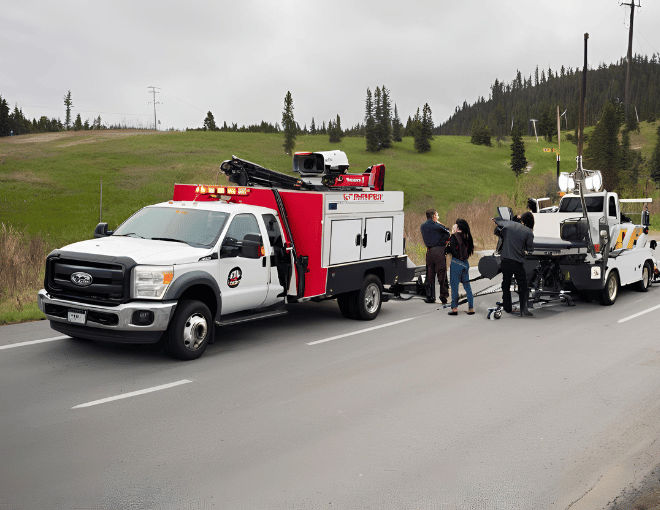






 Researchers at China have generated an ultra-powerful camera capable of identifying one individual among the arena audiences of tens of thousands of individuals. Scientists at Fudan University developed the camera with Changchun Institute of Optics.
Researchers at China have generated an ultra-powerful camera capable of identifying one individual among the arena audiences of tens of thousands of individuals. Scientists at Fudan University developed the camera with Changchun Institute of Optics.

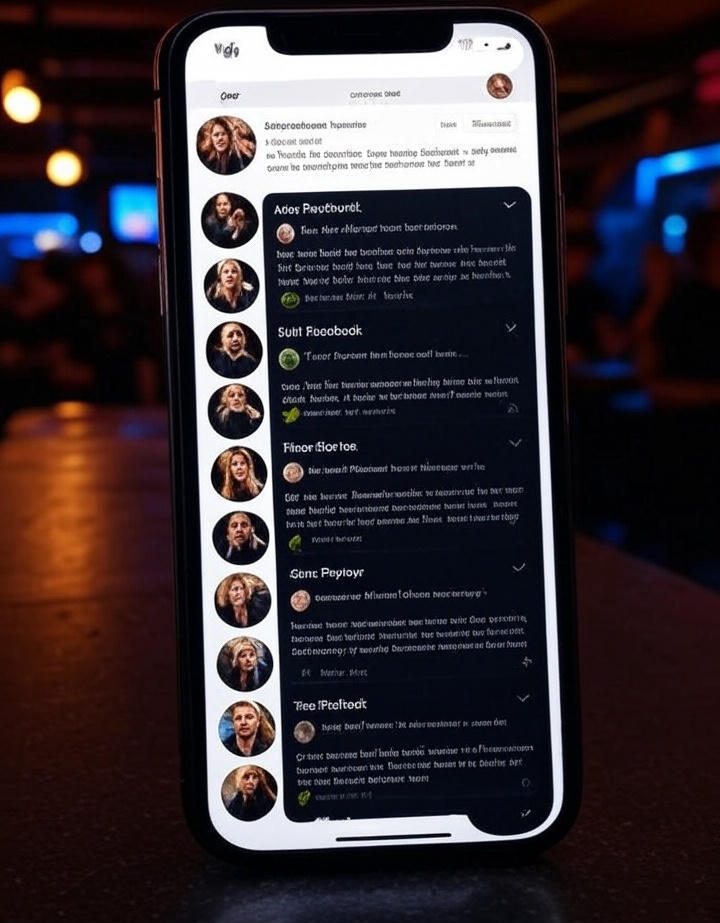 South Korea’s nightlife pulses with energy, often painted in bold strokes by mainstream media as a world of glamour, neon lights, and endless revelry. Yet, this vibrant image doesn’t always align with the experiences shared on user-driven review platforms. The gap between polished headlines and raw, real-world feedback raises questions about how media shapes perceptions of the country’s adult entertainment scene. Why does this disconnect exist? And what does it mean for those navigating the nightlife?
South Korea’s nightlife pulses with energy, often painted in bold strokes by mainstream media as a world of glamour, neon lights, and endless revelry. Yet, this vibrant image doesn’t always align with the experiences shared on user-driven review platforms. The gap between polished headlines and raw, real-world feedback raises questions about how media shapes perceptions of the country’s adult entertainment scene. Why does this disconnect exist? And what does it mean for those navigating the nightlife?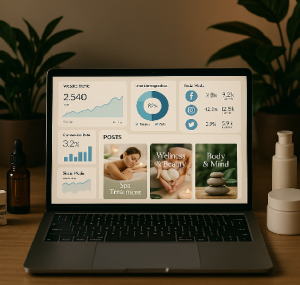 User-driven platforms have become a counterbalance to traditional media. They democratize information, letting everyday people share their experiences without editorial gatekeeping. This shift has reshaped how people approach South Korea’s nightlife. Instead of relying on a news article’s glowing review, users can cross-check with real-time feedback from others who’ve been there. This transparency fosters trust, but it also highlights the limitations of media portrayals that prioritize image over substance.
User-driven platforms have become a counterbalance to traditional media. They democratize information, letting everyday people share their experiences without editorial gatekeeping. This shift has reshaped how people approach South Korea’s nightlife. Instead of relying on a news article’s glowing review, users can cross-check with real-time feedback from others who’ve been there. This transparency fosters trust, but it also highlights the limitations of media portrayals that prioritize image over substance.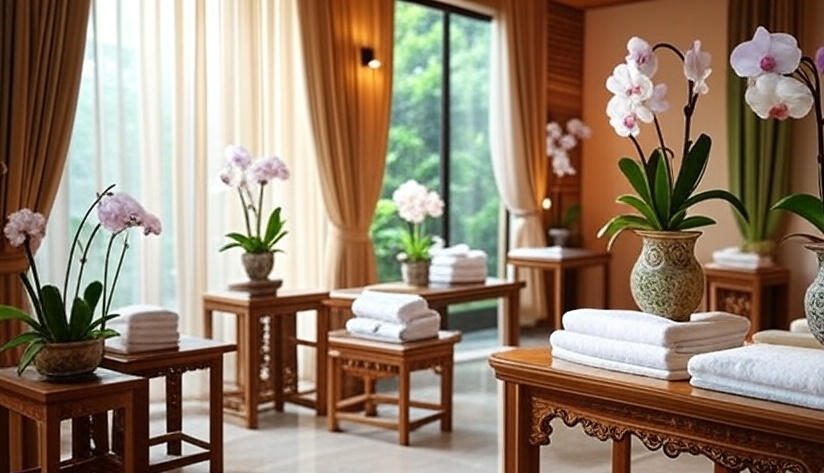
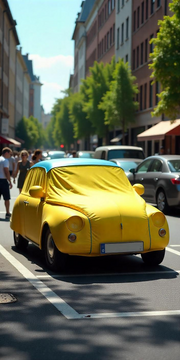 With car design moving towards sustainability, eco covers are next. Considerate owners are thinking beyond electric motors and to the nuances of ownership,—from how they maintain their car to where they leave it parked. The green car accessory trend is just one piece of a larger cultural movement toward earth-conscious choices in industries.
With car design moving towards sustainability, eco covers are next. Considerate owners are thinking beyond electric motors and to the nuances of ownership,—from how they maintain their car to where they leave it parked. The green car accessory trend is just one piece of a larger cultural movement toward earth-conscious choices in industries.

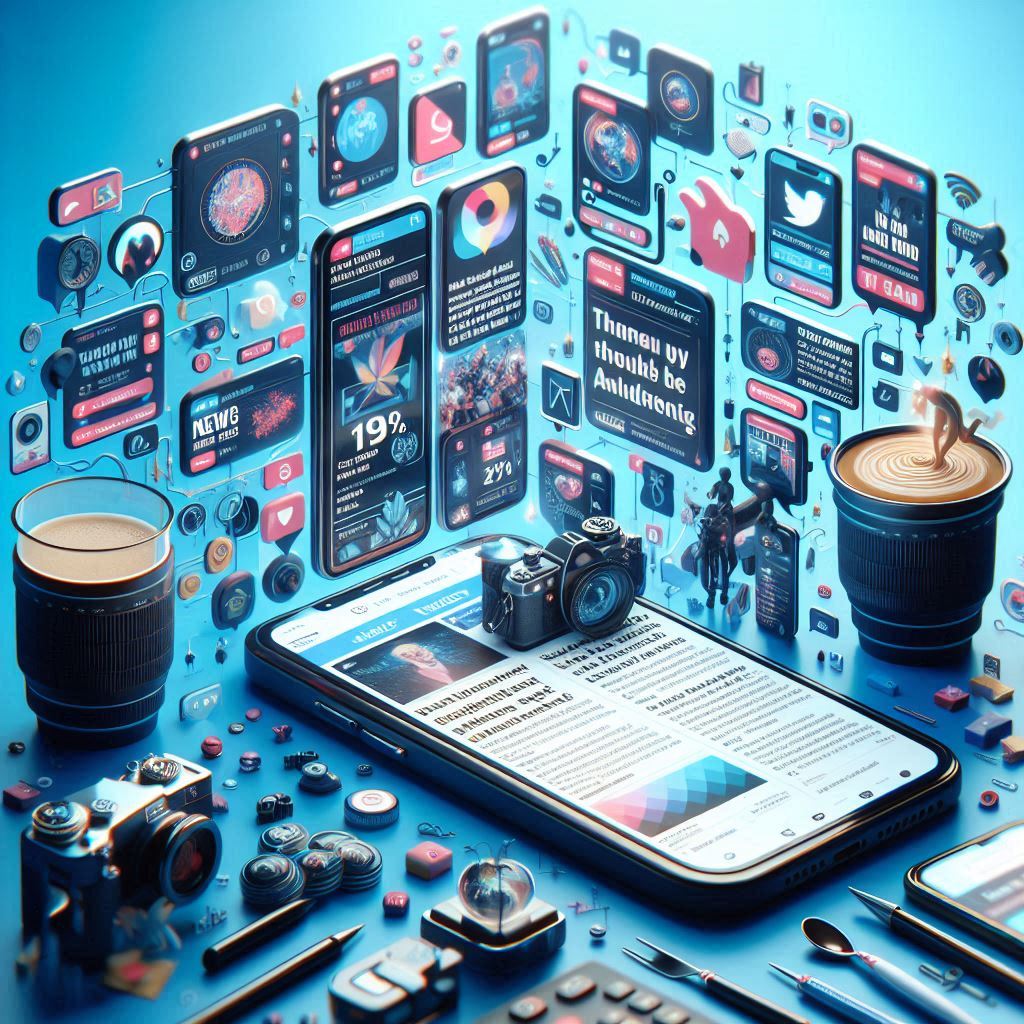


 Moving can be an exciting yet overwhelming experience. From packing up your belongings to finding a new place to call home, there are numerous things to consider. However, with the help of experienced removalists Dandenong, the process can become much
Moving can be an exciting yet overwhelming experience. From packing up your belongings to finding a new place to call home, there are numerous things to consider. However, with the help of experienced removalists Dandenong, the process can become much  Another aspect to consider is the range of services offered by the removalists. From packing your belongings to disassembling and reassembling furniture, a full-service removalist can take care of all aspects of your move. This saves you time and effort, allowing you to focus on other important tasks during this hectic period. Also, make sure to inquire about any additional charges for specific services, such as packing materials or storage solutions, to avoid any surprises later on.
Another aspect to consider is the range of services offered by the removalists. From packing your belongings to disassembling and reassembling furniture, a full-service removalist can take care of all aspects of your move. This saves you time and effort, allowing you to focus on other important tasks during this hectic period. Also, make sure to inquire about any additional charges for specific services, such as packing materials or storage solutions, to avoid any surprises later on.
 The movement toward sustainability and energy efficiency is growing, affecting many areas, including the construction and building materials industry. Among the numerous materials being reevaluated for their environmental impact, window glass stands out as a crucial element in designing energy-efficient and sustainable buildings. With the advent of social media,
The movement toward sustainability and energy efficiency is growing, affecting many areas, including the construction and building materials industry. Among the numerous materials being reevaluated for their environmental impact, window glass stands out as a crucial element in designing energy-efficient and sustainable buildings. With the advent of social media, 
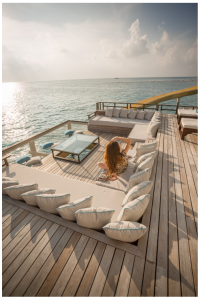 ia?
ia?
